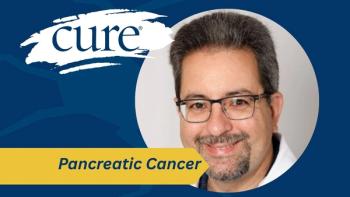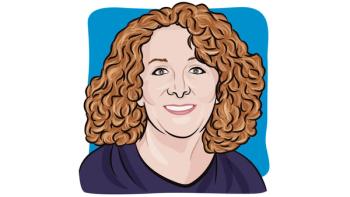
Bad News Over the Phone, a Current Trend that Needs to Change
Should patients be given a choice on how they wish to receive bad news? One survivor seems to think so.
In 2014, when the call came from the oncologist’s office, I assumed it was to set up an appointment. A few days earlier I’d had several tests performed, including a mammogram, a diagnostic ultrasound and a core needle biopsy. What I didn’t expect was to receive life-changing information in four words.
Instead of being offered options for an office visit to discuss test results, I was given the news that I had cancer. The information came from a doctor of pathology, a doctor I’d never met. And while she did apologize for being the bearer of bad news, I had to face that devastating phone call alone.
I assumed, when the mammogram led to more testing, I more than likely had cancer. Although I wasn’t sure. I also assumed, when it was time for the results to be shared with me, I’d be called into the doctor’s office and the blow would have been made a little softer by a face to face discussion.
But apparently, my case wasn’t an isolated one. According to a
In today’s world of instant knowledge, do we really want to receive life-changing news over the phone? Personally, I prefer face to face interaction. That way I can not only hear the words that are being shared; I can also watch body language which often reveals a lot more information.
When I received the news that I had breast cancer, I couldn’t tell you what the pathologist said after those initial words. My brain shut down. I couldn’t process any more information. Perhaps I was in shock, and rightly so. Whatever the case, I’d have preferred not to have received that important news in such an impersonal way. I’d be willing to bet there are others who feel the same way.
The University of Missouri School of Medicine is taking into account the way patients prefer the delivery of health news. Dr. Natalie Long, assistant professor of clinical family and community medicine at the MU School of Medicine says, “We are now including additional training for first-year medical students to talk about situations and techniques for breaking bad news over the phone. The digital age has changed our perception of how we want to get news. I think younger patients just want to know news faster.” Long also said, “Many of the same principles taught for delivering bad news in person can be applied to phone conversations. The key is learning beforehand how the patient wishes to be informed. Best practices include making sure the patient is in a good place to talk, using good listening skills, showing empathy, ensuring the patient has a support system around them and developing a follow-up plan.”
I applaud this university for changing their curriculum by helping sensitize the medical students toward better communication with patients. Although the world we live in today offers instant access and delivery of most anything we choose to know, I’m old school. I want a doctor to sit down with me, have a heartfelt conversation about what’s going on with my body and help me understand how we’re going to fix it. Bad news needs to be handled with kid gloves. Good news, on the other hand, in my humble opinion, can be delivered by any means necessary. I’d even be willing to receive it via two tin cans and a string.
Maybe soon, doctors will begin routinely asking patients how they’d prefer to receive test results. That way, those who prefer telephone communication could receive it and those who prefer face to face could have their needs met, too.
I wouldn’t be surprised, if in the near future, doctors text or even FaceTime bad news. I’m not going to agree to either of those means of delivery and I hope you won’t either.





